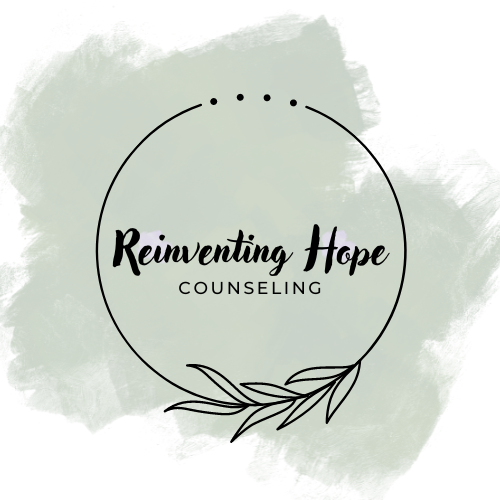What is Fearful Avoidant Attachment?
What is Fearful Avoidant Attachment?
Fearful-avoidant attachment, often referred to as disorganized attachment, is a multifaceted pattern of behavior characterized by both high levels of anxiety and avoidance in relationships. It is a pattern of attachment that can develop in childhood due to traumatic experiences, such as abuse or neglect.
Fearful Avoidant Attachment Style Traits
People with disorganized attachment may exhibit contradictory behaviors in relationships, such as seeking closeness but also pushing away their partner, and may struggle with regulating their emotions and behavior. A person with this attachment style has an unstable and erratic view of self and others which makes it challenging to trust and open up to others. Some common symptoms associated with a fearful-avoidant attachment style:
Conflicting Emotions: Individuals with fearful-avoidant attachment often experience conflicting emotions and inner turmoil in relationships. They may desire closeness and connection, yet fear getting too close due to potential hurt or rejection.
Intense Anxiety: Fearful-avoidant individuals may experience high levels of anxiety and fear in relationships, stemming from both a desire for emotional closeness and an apprehension about becoming vulnerable and reliant on others.
Avoidance and Withdrawal: These individuals may resort to avoidance strategies when faced with emotional intimacy or vulnerability. They might withdraw from relationships or emotionally shut down as a way to protect themselves from potential emotional pain.
Mixed Signals: Fearful-avoidant individuals often send mixed signals to their partners. They might initiate intimacy and connection at one moment, only to pull away or become distant in the next, leaving their partners confused and uncertain.
Unpredictable Behavior: Their behavior can be unpredictable, swinging between moments of warmth and connection and periods of detachment and coldness. This unpredictability can create instability in relationships.
Fears of Rejection and Abandonment: Like anxious individuals, those with fearful-avoidant attachment may also fear rejection and abandonment. This fear can trigger their avoidance behaviors as a way to guard against potential pain.
Struggle with Trust: Fearful-avoidant individuals often struggle to trust others fully. Past experiences of inconsistent caregiving or trauma may contribute to their difficulty in placing trust in others' intentions.
Self-Sabotage: These individuals might inadvertently sabotage their relationships due to their conflicting needs for intimacy and autonomy. They might push away their partners when things start to feel too close or intense.
Difficulty Resolving Conflict: Conflict resolution can be challenging for those with fearful-avoidant attachment. They may oscillate between avoiding conflict and becoming overwhelmed by their emotional responses during conflicts.
Seeking Reassurance: Similar to anxious attachers, those with fearful-avoidant attachment may seek reassurance and validation from their partners, but they may struggle to believe or accept it when it's offered.
Inner Turmoil: Fearful-avoidant individuals often experience inner turmoil and a sense of being caught between their desire for connection and their fear of vulnerability.
How to Heal Fearful Avoidant Attachment Style
Healing disorganized attachment in relationships can be a complex and challenging process (varying widely among individuals), but it is possible with the help of therapy, self-reflection, and communication with your partner. Some strategies that may be helpful include:
Develop self-awareness: Becoming aware of your attachment style and how it affects your behavior and emotions can help you take steps to change it.
Identify triggers and identify patterns: Notice when you are triggered into fight or flight. Being aware of fears prevents them from controlling us.
Practice mindfulness: Engage in practices that promote self-awareness and emotional regulation, such as meditation and yoga.
Improve communication: Work on expressing your needs and feelings in a clear and direct manner, and listen actively to your partner. Also, be open to your partner about your attachment style.
Create boundaries: Establish a safe and trusting relationship with your partner by setting clear boundaries, non negotiables, and working on building trust over time. Take personal space when you need it and work on reciprocity within relationships.
Seek therapy: Working with a therapist who specializes in trauma and attachment can help you process past experiences and develop coping strategies. Therapy an provide insight into their attachment patterns, help them develop healthier relationship dynamics, and support their emotional well-being.
Remember that healing from disorganized attachment is a process that takes time and effort. Be patient with yourself and your partner, and celebrate small victories along the way.
https://www.mindbodygreen.com/articles/how-fearful-avoidant-attachment-style-affects-your-sex-life

